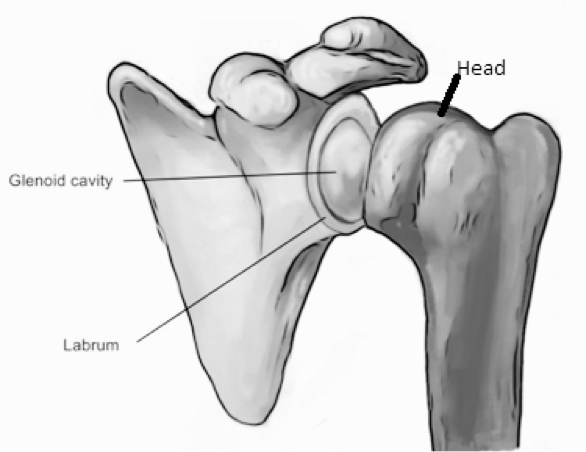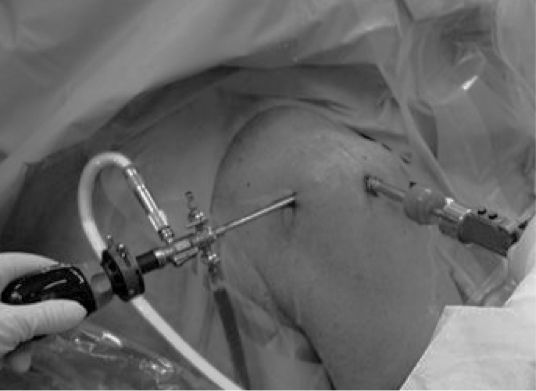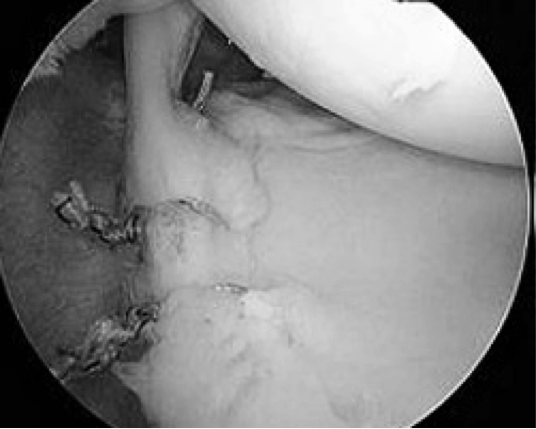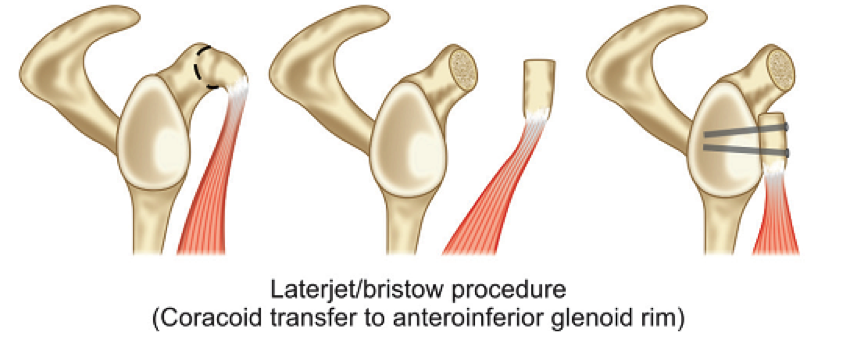Overview:
First episode of shoulder dislocation is mostly traumatic in nature. In most of the cases it can be reduced by manipulation by an orthopedic surgeon. After that it should be stabilized in a shoulder immobilizer for 7-10 days. This rest will allow soft tissues around the shoulder to heal. Gradually exercises should be started to get range of motion first and then strength of shoulder muscles. Proper and early rehabilitation is very important to prevent shoulder stiffness.
Chances of recurrent shoulder dislocation after first episode are very high in young patients (20-30 years). In patients around 20 years chances of recurrent shoulder dislocation are so much that surgery should be done even after first dislocation to prevent further dislocations. By definition dislocation episode more than one is recurrent shoulder dislocation. The younger the age at first dislocation, the higher the chances the patient may come back with recurrence.
What happens in shoulder dislocation: Shoulder is inherently unstable joint in which large head of arm bone (humerus) fits into shallow socket (glenoid ). When a shoulder dislocates soft tissue around socket known as the labrum gets torn. Torn labrum is most common cause of recurrent shoulder dislocation. Apart from labrum tear bone damage from head of humerus and glenoid may also occur during shoulder dislocation and this may also cause recurrent shoulder dislocation. Thus the two most common cause of recurrent shoulder dislocation are:
- Torn labrum
- Bone loss from head of humerus and/or glenoid

Shoulder Dislocation Management:
Arthroscopic surgery for recurrent shoulder dislocation: MRI and CT scan should be done to see torn labrum (MRI) and bone loss from head of humerus and glenoid cavity (CT Scan)
Treatment of labral tear is done by arthroscopic repair of labrum. Open procedures are sometimes required if significant bone loss of head of humerus or glenoid are present.
Arthroscopic treatment of shoulder dislocation: It is done by a video camera so only 1cm size incisions are given and shoulder joint is not opened. In this surgery torn labrum is again reattached to the glenoid cavity using special small suture anchors. Recovery is quick and patient can be discharged next day.


For recurrent dislocations due to bone loss open surgery is done in which bone is transferred to the area of bone loss (Latarjet procedure).

Patient preparation before surgery:
Day before surgery you are admitted to hospital for some blood investigations, ECG and chest X ray. In the old age ECHO may be required. Surgery for recurrent shoulder dislocation can be done under regional anesthesia or general anesthesia for which you have to be fasting for 8 hours before surgery. Hairs from the operating site are removed in the operation theatre before surgery.
Risk of surgery:
Infection, nerve Injury, shoulder stiffness, decreased shoulder range of motion ( external rotation of shoulder is decreased after Latarjet procedure).
SPECIALITIES
OPENING HOURS
| Monday – Friday | 17:00 – 20:00 |
| Sunday | By Appointment Only |
+91-7357406805
CLINIC LOCATIONS
OUR PATIENTS SAY
We’re proud to receive some exceptional compliments from our patients and their family members. We fell very happy and blessed to see our patients recover.

मेरा दाए पैर में चोट लगने के कारण टेढ़ा हो गया था जिसकी वजह से मुझे चलने में भी परेशानी हो रही थी. डॉ जितेश ने ऑपरेशन कर के इसे सीधा किया. में बिलकुल ठीक हूँ .

Dr. Jain came out from his clinic to see my mother because my mother was not able walk a single step. He did total knee replacement on both side and now my mother is walking without aid.

मेरी बेटी के घुटने में इन्फेक्शन होने के कारण वो दर्द की वजह से सो भी नहीं पाती थी. डॉ जितेश ने ऑपरेशन कर के इसे ठीक किया. बहुत धन्यवाद।
